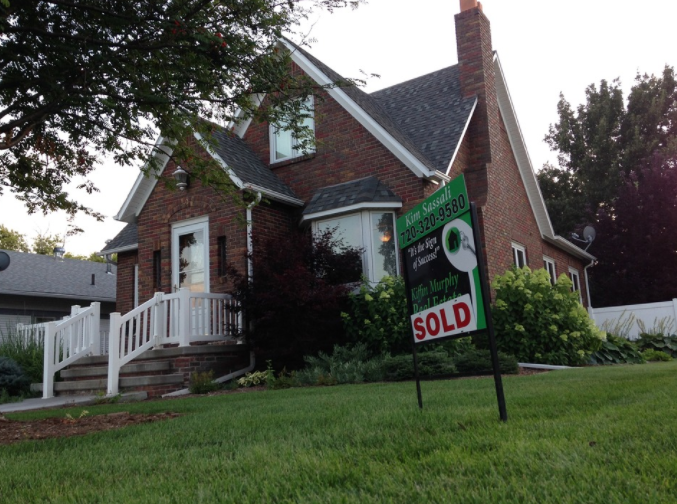Basic Types of Mortgages

Buying a new home can be troublesome for your wallet if you don’t apply for a loan. However, there are many things to check before loaning. Whether it’s a home loan, personal loan, or even a car loan, you need to avoid getting scams. To protect yourself from getting scams when applying for a loan, you can choose a lender with an actual office. You may also be careful when visiting a lender’s website. Also, never wire money to a lender for fees if you don’t know about him. If you already understand how to choose the best lender for your loan, it’s time to apply for a mortgage.

The vast majority of people who buy a home or apartment always use financing, such as a mortgage. There are two main types of mortgages: conforming and non-conforming. This refers to the amount of the loan, which can vary from place to place. Once you have decided to apply for a mortgage and the lender has approved it, you will need to decide on one of the three basic types of mortgages. Let’s now compare the three main types of mortgages.
Fixed-Rate Mortgage
 The fixed-rate mortgage is also known as a fixed term. The most common term is 360 monthly payments or 30 years. However, there are many other terms, such as 15, 20, 25, and 40 years. This type of financing has the advantage of knowing exactly how much your monthly principal and interest payments will be over the life of the loan.
The fixed-rate mortgage is also known as a fixed term. The most common term is 360 monthly payments or 30 years. However, there are many other terms, such as 15, 20, 25, and 40 years. This type of financing has the advantage of knowing exactly how much your monthly principal and interest payments will be over the life of the loan.
This is usually very reassuring because it gives you some peace of mind. Keep in mind that property tax and other service charges (e.g., insurance) can vary and often increase over time. To qualify, you must also have the correct ratio of income to monthly payments, etc. This ratio can be a problem for many potential homebuyers when interest rates are higher today.
Adjustable-Rate Mortgage
Higher interest rates usually mean lower monthly payments. These loans are also called ARMs. The interest rate is fixed for a certain period and can then change. The new interest rate is usually based on an index, such as the COLA or Treasury bond rates. In the case of a 30-year/5-year loan, the interest rate is guaranteed for five years, after which the index determines the new rate. There may be a limit that limits the amount that can go up or down.
This has the apparent advantage that the loan is secured for a more extended period at a lower interest rate (but at a different rate). Because the borrower’s monthly income and mortgage payments are more equal, someone with less income can get a larger mortgage. The downside, however, is that the interest rate may increase, or you may need to refinance.
Balloon Mortgage
These mortgages are the rarest. With these mortgages, interest may only be paid for a certain period, or the monthly payments are significantly lower during the introductory phase. At the end of the term, the borrower must repay or refinance the loan.
It’s easy to see the positive and negative options. A potential buyer is better informed the more information they have. This brief conversation can increase the buyer’s comfort and confidence and make the best decision for them.…


